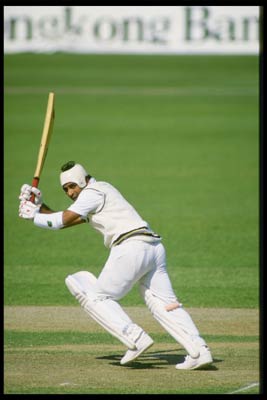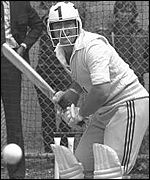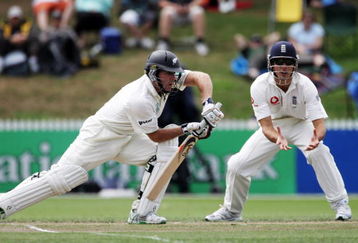There is a lovely joke that goes like this …
‘The first testicular guard (Box) was used in cricket in 1874 and the first cricket helmet was used in 1974.
It took 100 years for men to realize that the brain is also important.’
Surely written by a woman!
The cricket helmet was designed to stop serious injury occuring due to being hit on the head by the cricket ball.
The cricket helmet originally evolved as batsmen sought protection from being hit on the head by short fast pitched bowling.
As the game embraced the wider acceptance of helmets by batters, they began to be used as protection by close in fielders and wicketkeepers.
Injuries can still occur for batsmen whilst wearing helmets, cuts and fractures occur at the the highest level of the game when genuinely quick bowlers are operating.
Boys Helmets: Cricketlab store
The History of the Cricket Helmet
The cricket helmet has been slow to be embraced by cricket as a form of protection, amazingly so, bearing in mind that fast bowlers bowl at speeds upward of 90 miles per hour, 150 kph.
The game which has historically cherished its traditionalism and idiosyncracies finally made the common sense breakthrough in the late 1980’s and early 1990’s with the broader acceptance of helmets worn by batsmen.
They have though, been worn by cricketers going back to the 1930’s , Patsy Hendren the England cricketer wore a homemade helmet with three peaks to protect himself whilst playing against the West Indies.
They have evolved from these early contraptions, players exploring different designs and made makeshift skull caps, Mike Brearley and Sunil Gavaskar were two who spring to mind.
You can see the evolution of the helmet in these photo’s, firstly of Sunil Gavaskar with his Skull Cap and then Dennis Amiss with his motorcycle style helmet.

During the 1970’s Dennis Amiss and Tony Greig began to wear cricket helmets modelled on motor cycle helmets as they sought to counter the very real threat posed by the quick bowlers of their generation, specifically in World Series Cricket.
Graham Yallop the Australian cricketer was the first batsman to wear a helmet in a Test match, against the West Indies in 1978.

Mens Helmets: Cricketlab store
Helmet Technology: Recent Advances
The most recent advances into helmet technology have allowed it to be mass produced across the cricket world and for it to become affordable for most young cricketers.
Made from either moulded plastic or man made fibres set in resin, the visor made from steel fits into the helmet by the ears, bolting onto the helmet with re-inforced fittings.
As we can see from the examples in these pictures, two are orthodox helmets and the other a funky ‘next generation helmet’ allowing greater ventilation to keep the players head cooler.
Things to look for in your choice of helmet are the balance between comfort and safety. The helmet should fit comfortably and the strap should hold the helmet in place, firmly.
Make sure the helmet has adequate ventilation holes, batting in hot weather is tough enough without having to cook inside your helmet.
Check for a safety standards sticker with your purchase to make sure that the helmet conforms to high standards of production.
Fielders and Wicketkeepers Wearing Helmets
Fielders wear cricket helmets whilst fielding close to the batter, typically either at short leg or silly mid off, waiting for the opportunity to take a catch.
Wicketkeepers began to wear helmets whilst keeping in the sub-continent, specifically on wickets which were worn with the ball bouncing and kicking up unpredictably.
It is common place to see keepers standing up to the stumps with helmets on now, keeping to the spinners and medium pacers.

Safety Regulations
It is now law for young players under the age of 19 to wear a helmet whilst batting or fielding close to the bat.
See the article on Safety Guidelines from the ECB.
Cricket Helmets: Safety Guidance
